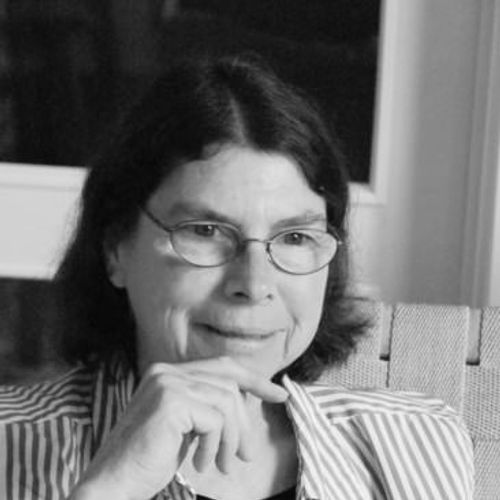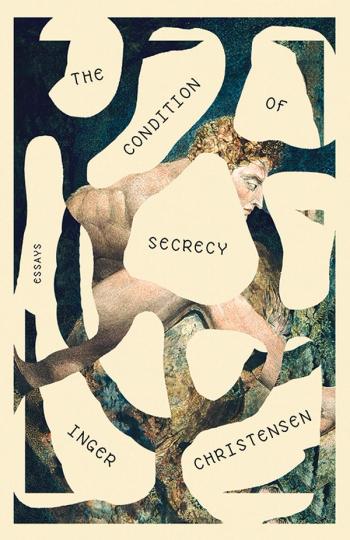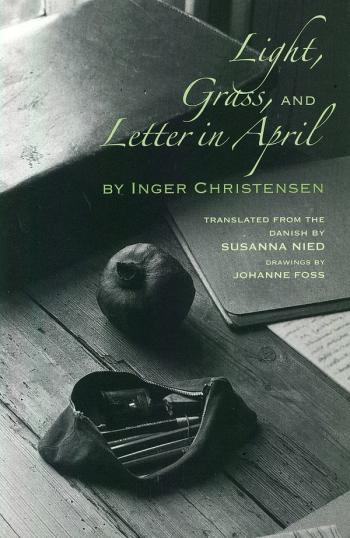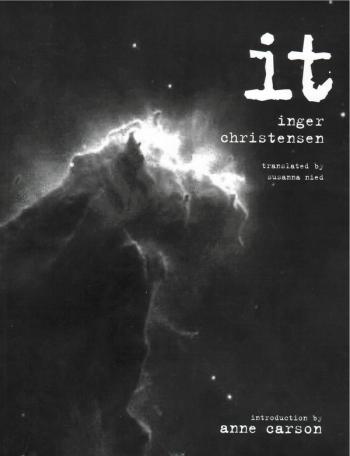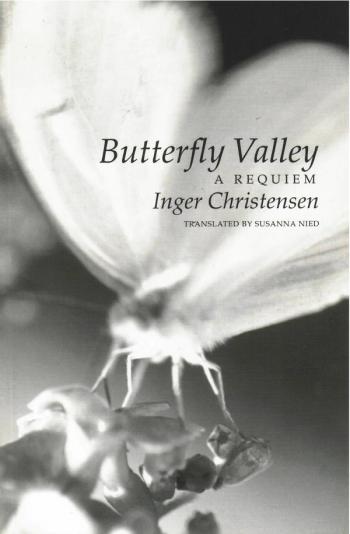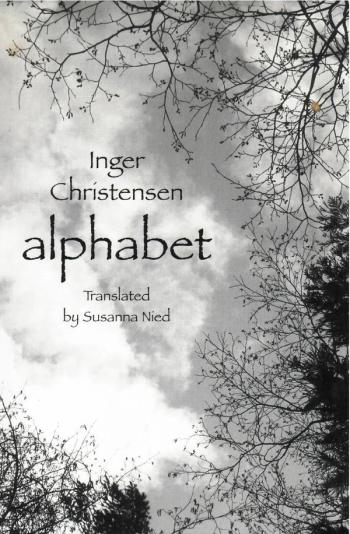Susanna Nied
Susanna Nied, a former instructor of English and comparative literature at San Diego State University in California, is an American writer and translator. Her translations have appeared in publications such as APR, Poetry, Granta, Tin House, and Two Lines, and in several anthologies. For her work with Inger Christensen’s poetry, she has received the Landon Translation Prize of the Academy of American Poets, the American-Scandinavian Association/PEN Translation Prize, and the John Frederick Nims Memorial Prize of Poetry Magazine. She was selected as a finalist for the PEN Award for Poetry in Translation.
